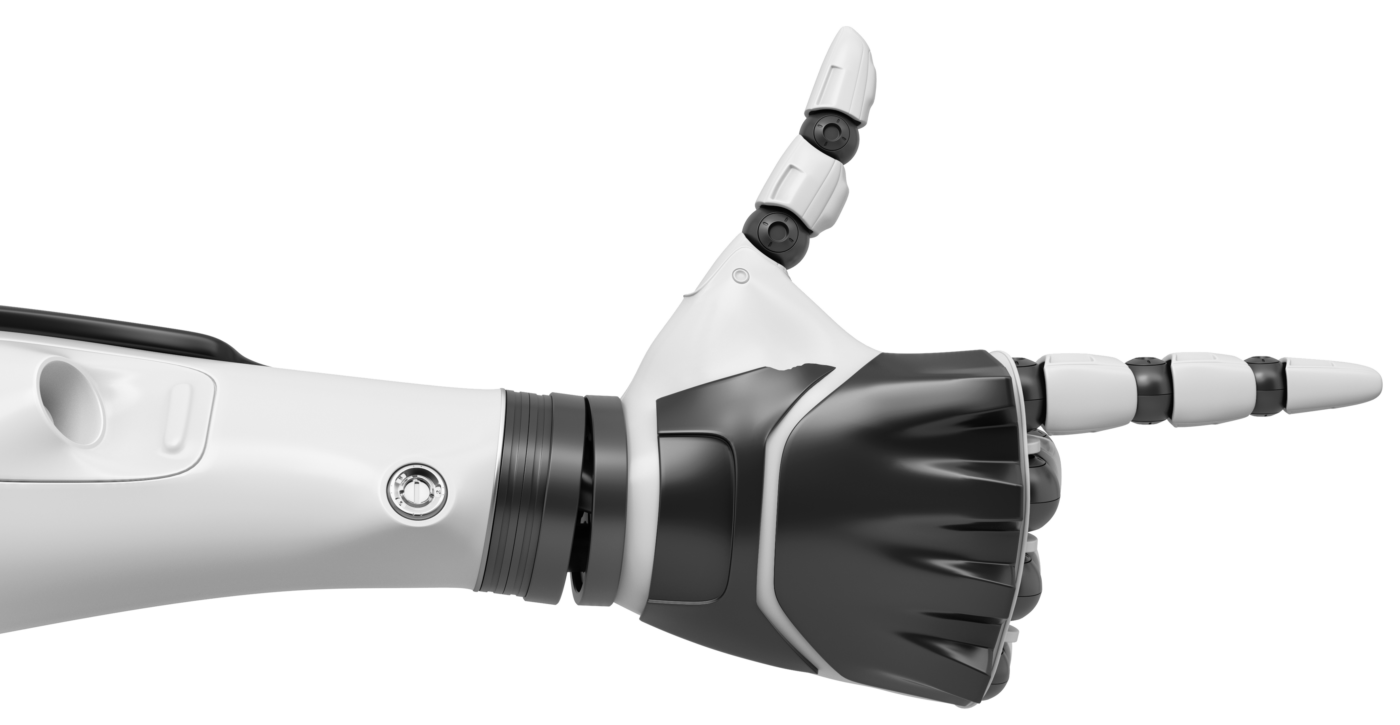From supercomputers to data centers: How Fujitsu is scaling its business with Arm

As organizations grapple with surging AI workloads and escalating energy costs, the economics of compute are facing unprecedented pressures. Traditional architectures for cloud and data center are struggling to deliver the performance, efficiency, and scalability needed to balance rising AI capabilities and demands with cost.
When Fujitsu’s A64FX processor powered the supercomputer Fugaku to become the world’s fastest supercomputer, it validated something significant: Arm architecture could handle the most demanding computational workloads on the planet. But that achievement, remarkable as it was, represented only the beginning of Fujitsu’s ambitions with Arm technology.
Today, Fujitsu is making a bold strategic pivot – one that could reshape its business and impact the broader data center landscape. With the FUJITSU-MONAKA processor, the company is leveraging its supercomputing pedigree, Arm’s high performance, high efficiency CPU architecture and evolving ecosystem to provide a new, powerful and innovative compute platform for enterprise, cloud and edge deployments.
Strategic expansion built on proven foundations
Fujitsu’s reputation was built on creating highly specialized, performance-optimized processors for high-performance computing (going all the way back to the SPARC processor era). The A64FX, with its innovative use of Arm’s Scalable Vector Extensions (SVE) and HBM2 memory, exemplified this approach: A purpose-built chip designed for a single flagship supercomputer project.
FUJITSU-MONAKA represents a fundamentally different strategy. Rather than designing for niche projects, Fujitsu is positioning FUJITSU-MONAKA as a scalable, commercially deployable processor for adoption in the broad data center market, as well as edge computing environments including telecommunications infrastructure and edge AI applications. The company expects to widely deliver FUJITSU-MONAKA CPUs for enterprises and social infrastructures across Japan and beyond, which would be a dramatic shift in scale and market focus.
This expansion isn’t just about selling more chips. It’s about Fujitsu establishing itself as a credible alternative in a fast-growing data center market increasingly defined by AI. By building on the Armv9 architecture, Fujitsu gains access to a mature, growing ecosystem while bringing its own deep expertise in optimizing compiler and software for AI workload, reliability engineering and energy-efficient design.
FUJITSU-MONAKA’s design reflects three strategic priorities that position it for data center success
High performance for AI and HPC workloads and advanced vector processing with SVE2
FUJITSU-MONAKA implements Arm’s Scalable Vector Extensions 2 (SVE2) to accelerate real-world HPC and AI performance. SVE2 optimize the number of functions processed at once based on available silicon and enhances the overall performance of the large volume of data operations of a processor, without requiring other off-chip accelerators.
This technology is particularly relevant for vector-intensive workloads—the scientific computing, engineering simulations, and AI training tasks that represent high-value data center & AI applications. Many popular frameworks and libraries that are optimized for SVE2 can utilize these performance benefits on FUJITSU-MONAKA. Fujitsu’s track record in compiler technology, honed through years of HPC development, combined with Arm’s software ecosystem and collaborations ensures that software can efficiently harness this computational power to accelerate AI and HPC applications.
Energy efficiency at scale
As data centers grapple with rising energy costs and sustainability mandates, power efficiency has become a competitive differentiator. FUJITSU-MONAKA targets 2x performance and 2x power efficiency, with designs optimized for both air cooling and water-cooling infrastructure for diverse requirements to fit both existing datacenter refreshes or to outfit new AI-centric builds orientated for higher density compute and power. This aligns directly with Japan’s Green Innovation Fund Project, which aims for more than 40% energy savings in domestic datacenters by 2030. For cloud providers and enterprise datacenters, these efficiency gains translate directly to operational cost savings and reduced carbon footprints.
Confidential Computing for secure workloads
In an era where data privacy and security are paramount, FUJITSU-MONAKA implements Arm’s Confidential Computing Architecture (CCA), including the Armv9 Realm Management Extension (RME) feature. This hardware-based approach to trusted execution environments enables secure workload isolation – critical for multi-tenant cloud environments, regulated industries and sensitive government applications. By building CCA support into silicon from the ground up, Fujitsu is positioning FUJITSU-MONAKA for environments where security requirements would otherwise limit adoption of shared infrastructure.
Read the detailed article on Arm Community Blog here.
Innovation in packaging and design
FUJITSU-MONAKA’s technical specifications reveal Fujitsu’s ambition to compete at the cutting edge. The processor uses an advanced chiplet architecture, combining 2nm compute dies with 5nm SRAM cache dies interconnected. And these 3D chiplets are connected with 5nm IO die via 2.5D interconnect. With configurations scaling to 288 cores across dual sockets, support for DDR5 memory, PCIe 6.0 and CXL 3.0, FUJITSU-MONAKA delivers the I/O bandwidth and memory capacity needed for demanding data center workloads.
The chiplet approach – with compute dies stacked on cache dies, all connected to a central I/O die – represents a significant evolution from the monolithic A64FX design, enabling better yields, more flexible configurations and the ability to leverage multiple process nodes optimally.
Fujitsu’s emphasis on “mainframe-class” reliability signals its intent to compete not just on raw performance but on the operational excellence that enterprise customers demand.
Building the ecosystem
Perhaps most tellingly, Fujitsu isn’t going it alone. The company has forged strategic partnerships that strengthen FUJITSU-MONAKA’s market position such as:
- The Arm collaboration on SVE2 optimization and open-source software enablement ensures that the broader Arm ecosystem benefits from – and contributes to – FUJITSU-MONAKA’s success.
In addition to above, Fujitsu is strengthening its global outreach through strategic collaboration with Supermicro. Also for generating additional value Fujitsu is working to expand its ecosystem through GPU collaboration with strategic partners.
These partnerships reveal a mature understanding of what’s required to succeed in data centers: not just excellent silicon, but a complete stack of hardware, software and ecosystem support.
The broader significance
Fujitsu’s expansion from HPC into datacenters with FUJITSU-MONAKA has implications beyond one company’s strategy. It demonstrates that the Arm architecture and software eco-system has evolved to address the full spectrum of compute-intensive AI & HPC workloads. The same architectural features that enabled Fugaku’s supercomputing achievements – energy efficiency, flexible vector processing and strong single-thread performance – now support commercial datacenter deployments at scale.
For the industry, FUJITSU-MONAKA represents another proof point in Arm’s datacenter momentum. As workloads diversify and efficiency becomes paramount, architectures purpose-built for energy-efficient, scalable computing gain competitive advantages over legacy approaches optimized for different constraints.
Looking ahead
With general availability expected in 2027, FUJITSU-MONAKA is moving from concept to reality. The successor to FUJITSU-MONAKA, known as FUJITSU-MONAKA-X, has already been announced. It is set to power FugakuNEXT, maintaining Fujitsu’s supercomputing heritage and taking it to the next level, while simultaneously targeting commercial data centers and edge computing applications, including telecommunications and distributed AI workloads.
As datacenters seek alternatives to incumbent, legacy architectures – driven by needs for efficiency, security and performance – Fujitsu’s commitment to Arm represents both a significant business opportunity and validation of the architectural choices that are reshaping the computing landscape.
Join us at Supercomputing 2025
Supercomputing 2025 is shaping up to be a pivotal moment for the HPC community – and we’re excited to be part of the conversation. Explore the future of high-performance computing with Fujitsu (Booth #3924) and Arm (Booth #4425). See the latest demos, meet the experts behind the tech, and learn how our innovations are shaping next-gen performance and efficiency.
Footnotes
[1] FUJITSU-MONAKA: This new technology applied to the FUJITSU-MONAKA is based on results obtained from a project subsidized by the New Energy and Industrial Technology Development Organization (NEDO).
Any re-use permitted for informational and non-commercial or personal use only.















